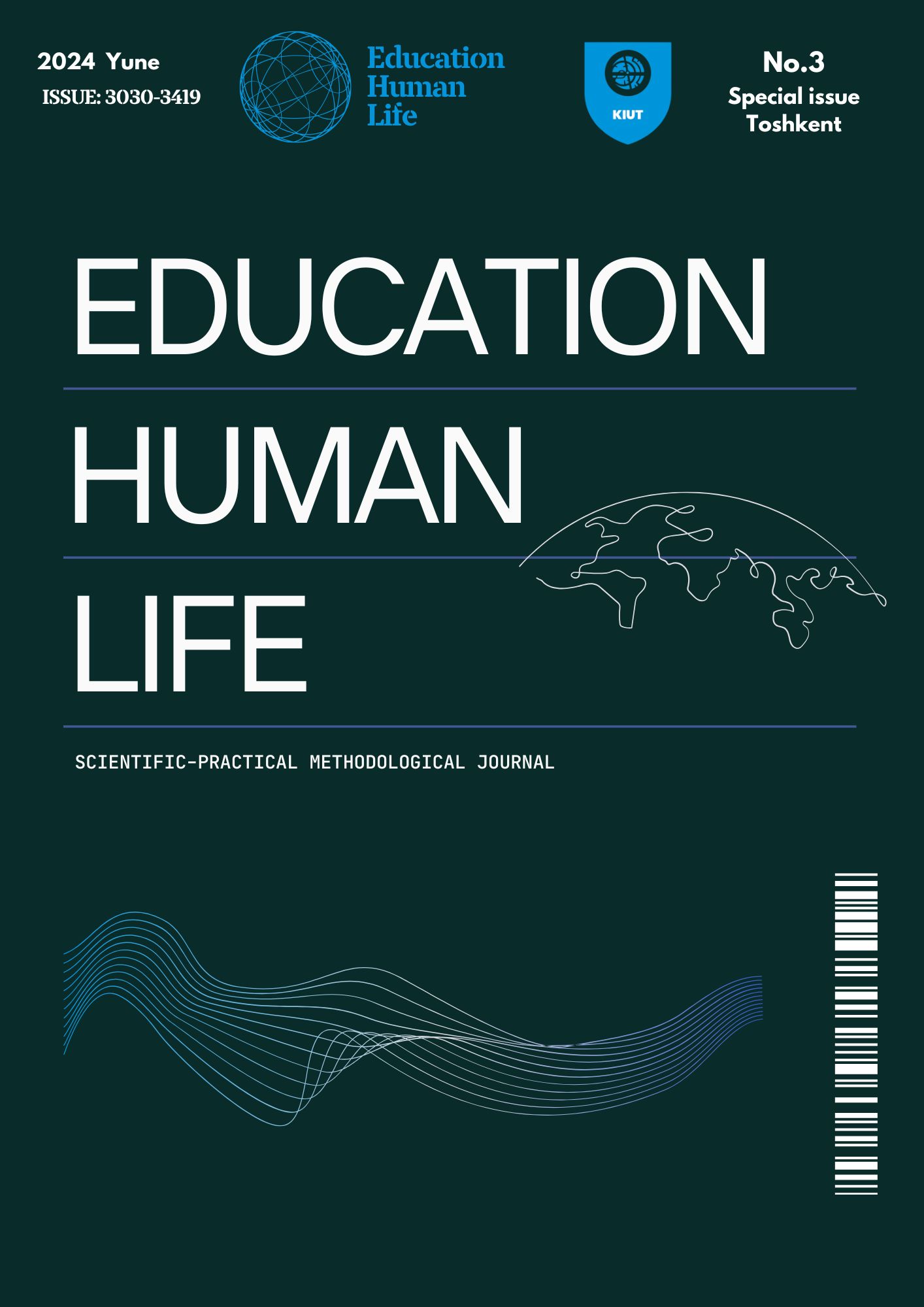СТРУКТУРА ПОВЕСТВОВАНИЯ РОМАНА В. НАБОКОВА "ЛОЛИТА"
Keywords:
Lolita, Novel, Humbert Humbert, intertextuality, world literature, perfect poetic prose.Abstract
The article deals with the metaphorical style and the peculiarities of the poetics of Nabokov's novel "Lolita". Nabokov's novel "Lolita", including artistic layers and types of intertextuality, from the embodiment of biblical images-symbols, developing the theme of the Fall and the parallel Lolita - Lilith (the apocryphal wife of Adam) to the constant correlation of Lolita with the prototypes of famous heroines of world literature, glorified by Dante (Beatrice), Petrarch (Laura), E. A. Poe (Virginia) and others. A. Poe (Virginia), L. Carroll (Alice), etc. Such branched intertextuality of the novel is intended to portray the inadequate, mythologized consciousness of the marginalized hero - Humbert Humbert, a philologist, a specialist in Romance literature, who perceives everything that happens to him through the prism of both known biblical images and the images of world literature and art, Singing and poetizing his attraction to the American teenage girl, focusing on the best examples of love lyrics and striving to equal them in his narration, in connection with which the word in the novel is presented in all the richness of its semantic relations, poetic expressiveness and rhythmic organization. V. Nabokov's novel "Lolita" (1955) was created in the early 1950s, its literary forerunner was the story "The Magician", written in France in 1939. Both works by the author depict an unconventional marginal hero with his manic passion for nymphets - girls aged 10-12, in whom he discovers a "demonic, i. e. nymphomaniacal beauty".





